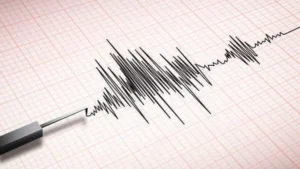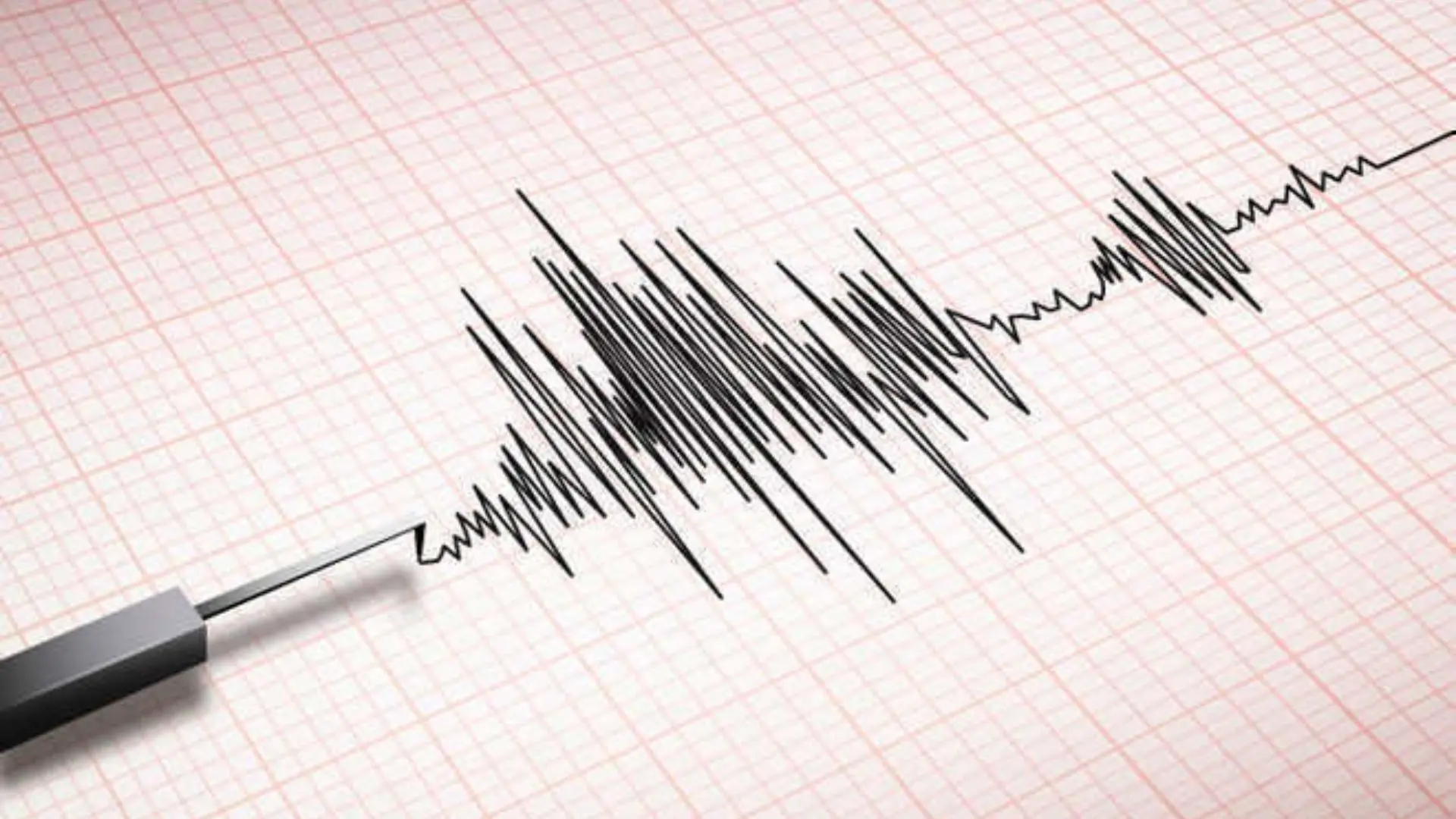Delhi’s Yamuna river, a crucial waterway for the region, was covered with a thick layer of white froth, raising alarm among experts and residents alike. As the festive season approaches, the presence of this froth, resembling clouds floating over the river, has triggered serious health concerns.
According to experts, this year has been unusual due to the lack of flood spells in the upper segments of the Yamuna during the southwest monsoon. Flooding typically helps cleanse the river by washing away pollutants, but with none occurring this year, pollution has accumulated, contributing to the frothy appearance of the river.
Yamuna is an ongoing critical issue; while the river has a natural ability to purify itself to some extent, pollution levels have reached an alarming stage, affecting both human health and wildlife.
The prominent appearance of froth during festive periods is a recurring phenomenon, but its presence this year has been particularly severe.
What Causes of Froth (Foam) Formation
The froth is primarily caused by the presence of phosphates and surfactants in untreated sewage from Delhi, Haryana, and Uttar Pradesh. These chemicals, which are commonly found in detergents, mix with the river water and create bubbles that float to the surface, forming the frothy layer. Experts also point to industrial effluents and organic matter from decomposing vegetation as contributing factors.
Phosphates, in particular, are a key component in the froth, coming from untreated wastewater released into the river. The pollution is further exacerbated by effluents from sugar and paper industries in Uttar Pradesh that flow into the Yamuna via the Hindon canal.
“This kind of foam formation is common when fats from decaying plants and pollutants mix with water,” said one expert, adding that the absence of flood spells this monsoon has allowed the pollutants to accumulate unchecked.
Health Hazards
Experts have warned of the serious health risks posed by the frothy layer. The foam contains high levels of ammonia and phosphates, both of which can cause respiratory and skin problems. Short-term exposure can result in skin irritation and allergic reactions, while ingestion of the contaminated water can lead to gastrointestinal issues, including diseases like typhoid. Long-term exposure to heavy metals present in industrial pollutants can cause more severe health problems, such as neurological disorders and hormonal imbalances.
Government Response
With major festivals like Chhath Puja approaching, where devotees stand in the river to offer prayers, the froth’s presence has sparked widespread concern. Environmental experts have urged the government to take immediate action to reduce pollution levels in the river.
In response, the Delhi government has formed coordination committees for 13 pollution hotspots in the city. Environment Minister Gopal Rai announced that local sources of pollution would be identified in areas like Anand Vihar, Rohini, and Wazirpur, among others. Each hotspot will have an appointed team, including members from the Municipal Corporation of Delhi (MCD) and engineers from the Delhi Pollution Control Committee (DPCC), tasked with developing and executing action plans.
Rai noted that air quality in these areas has also deteriorated significantly, with Anand Vihar recording some of the worst pollution levels in recent days. The DPCC engineers will submit daily reports to the government’s war room, outlining the actions being taken to address pollution at each site.
ALSO READ: Toxic Foam Covers Yamuna River Again Amidst Delhi’s Smog Crisis























